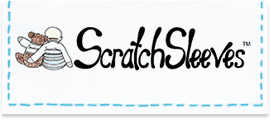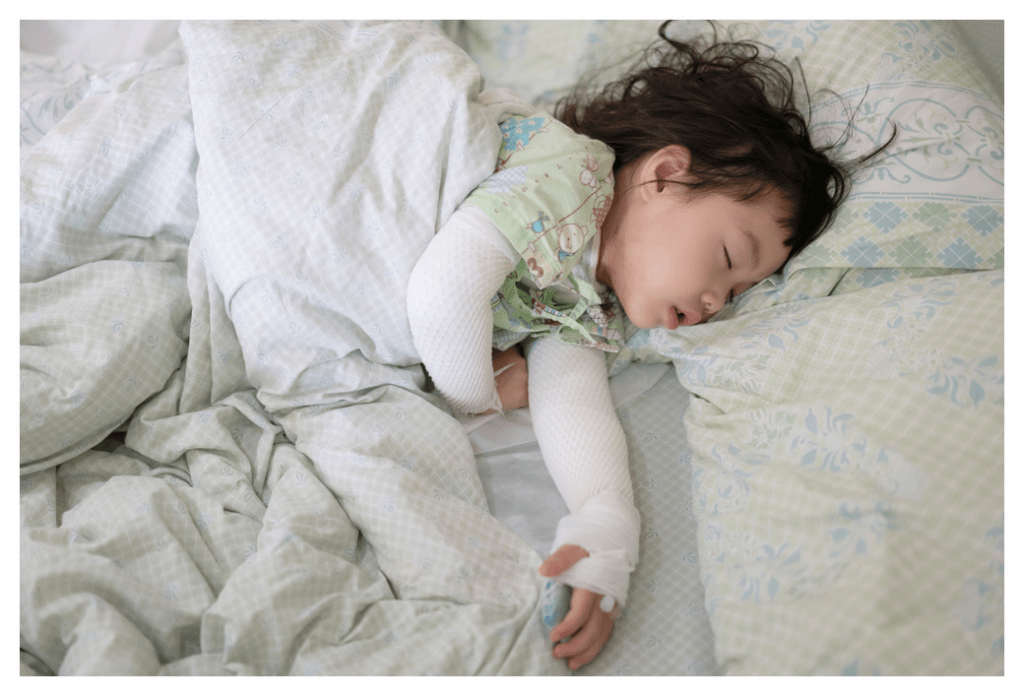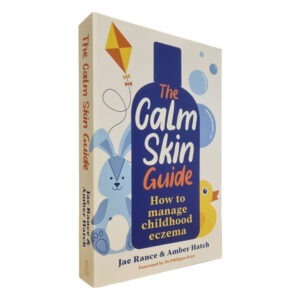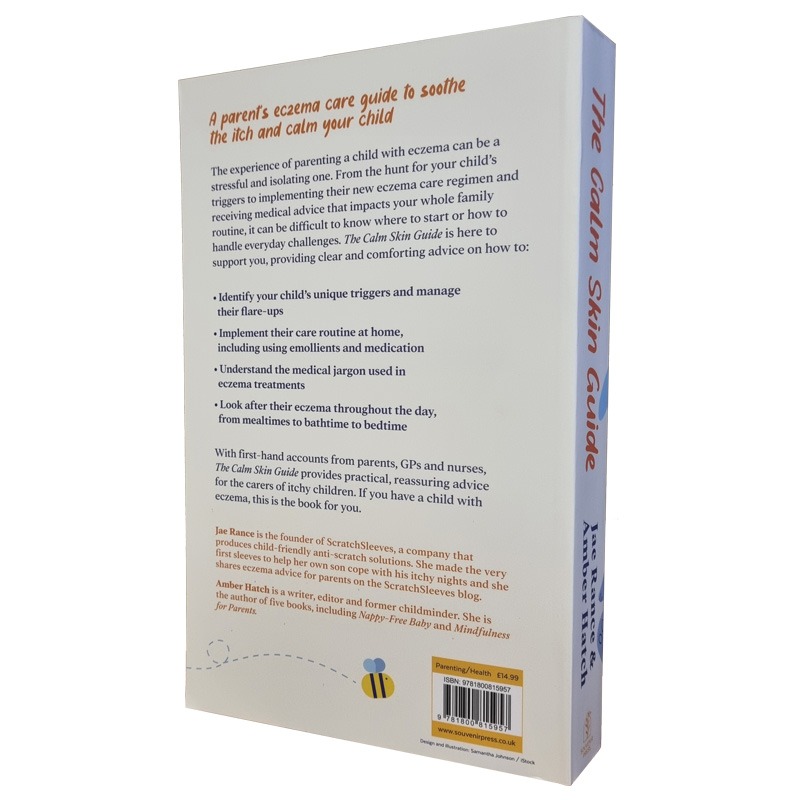Using bandages for eczema: Wet wrapping, dry wrapping and medicated bandages

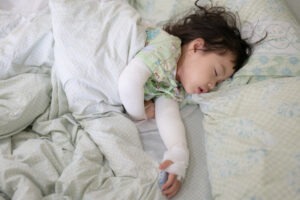

Keeping emollients on a wriggly little one for long enough to be absorbed can be challenging. Most eczema parents have resigned themselves to finding emollient smears round their homes. Some children just can’t stay still for long and their emollient is brushed off as they race around the house. Others really don’t like the claggy feel of emollients on their skin and actively rub off the cream at the first opportunity. Rolling on the nearest bit of carpet was a favourite trick in our house (and really difficult to clean up).
If changing your emollient to one that your child will tolerate better hasn’t worked, you may need to consider using bandages or clothing to keep the emollient in place. Covering emollients makes them more effective which can be really helpful when dealing with a major flare up. However, it’s not without risks. Here’s what you need to know about using bandages for eczema…
Dry wrapping
Applying emollient and immediately covering it with a dry bandage or layer of close fitting clothing is known as ‘dry wrapping’. Dry wrapping can intensify the moisturising effects of the emollients. Not only does the covering keeps the emollient in place, giving it time to soak into the skin rather than being rubbed off, it also creates a warm moist environment that encourages the skin to absorb the oils contained within the emollient. Dry wrapping also protects the sore skin from airborne irritants and scratchy fingers as well as the knocks and bumps of everyday life. In addition, bandages can limit joint movement, giving cracked skin some respite and a chance to heal.
Dry-wrappings should not be used to cover steroid creams without medical supervision. This is because the warm, moist atmosphere created under the bandages changes the way the skin absorbs steroids. This warm, moist atmosphere is also ideal for the growth of fungi and bacteria, so you’ll need to keep an eye out for skin infections.
How to dry wrap
- Clean the area of skin that needs special attention and your hands thoroughly. After a bath is ideal, if infections are a problem consider using a bleach bath.
- Gently dry the skin with a fresh towel.
- Apply an emollient ointment in a thick layer.
- Cover with a fine, close-fitting bandage or other suitable garment. Gloves, socks, vests or purpose built all in ones can all be effective. We use plain cotton school ankle socks with the toes cut off for wrists and hands.
- Take care to secure long wrapping bandages firmly as they could create a strangulation risk if they come loose.
- Leave on for 2-3 hours or longer. Overnight is ideal. Just pop their usual PJs (and ScratchSleeves) on over the top.
- Bandages add an additional layer of clothing so you’ll need to adjust the bedding to take this into account. Not only to minimise the risk of overheating, but also a hot child will find it more difficult to sleep.
The key to effective dry wrapping using plenty of emollient. This ensures that the skin stays moist and any weeping patches don’t dry out and stick to the bandages. If this does happen, you will need to soak the bandage in warm water to soften the scabs enough to gently peel away the bandage. If this is happening regular basis, it is worth asking your doctor about wet wrapping.
Wet wrap therapy
Wet wrapping is the next step on from dry wrapping and can help to alleviate the symptoms of moderate to severe eczema. Although the scientific evidence for the effectiveness of wet wrap therapy as an eczema treatment is not strong, many sufferers of moderate and severe eczema (or their carers) report that their skin conditions have been significantly improved (often overnight) with the use of wet wraps.
The mechanism for the improvement is not clear but it seems that the warm, moist environment created by the wet-wraps increases the absorption of steroid creams, increasing their effectiveness. There are also indications that warm, damp environment encouraged the skin to secrete more lamellar body which allowed the skin barrier to normalise1.
Wet wrapping is thought to reducing itching by cooling the skin as the moisture in the wet layer slowly evaporates. The bandages also protect against scratching, giving the skin a chance to heal.
Wet wrap therapy does not appear to be as beneficial for mild to moderate eczema. In this case, regular emollient and topical steroid treatments have been shown to be equally effective2. However, for moderate-severe eczema sufferers, wet wrap therapy can be a useful, if time-consuming, tool for bringing flare-ups under-control. Wet wrapping is typically used for 1-4 days to settle inflamed, weeping skin.
The warm, moist environment created by wet wrapping creates an ideal environment for microbes to grow, so it should only be used with medical supervision. Never use steroid creams in combination with wet wraps without medical guidance.
How to use wet-wraps
In all likelihood, the first time you use wet wraps will be with a medical professional who will be able to demonstrate the best techniques for your child. This ‘how to’ is aimed at helping you to understand what to expect. Be warned, this is not a quick process. You’ll need at least an hour and preferably two adults:
- Bathe your child first. This minimises the risk of skin infections. Use this opportunity to check for any signs of skin infection. Do not wet wrap infected or possibly areas without medical supervision.
- Dampen your wet wraps with warm water and wring them out so they are damp rather than wet. Depending on which part of the body you need to cover, the wet wrap could be tubular bandages, gauze bandages, a close-fitting all-in-one suit, cotton socks or gloves
- Apply a thick covering of emollient to the affected area and wrap this skin in the wet layer. The moist bandages will have a cooling anti-itch effect on the skin as the water in the layer gradually evaporates.
- Once the wet layer is on, put on the dry layer. The dry layer should be slightly bigger than the wet layer so that you can pull it on without wrinkling the wet layer. Otherwise just wrap the dry fabric firmly but not too tight on the wet layer. Dry bandages serve as a further seal for the moisturiser and moist bandage, and also protect the clothes and linen. The combination of wet and dry wraps will ensure a better sleep, if using at night.
- Take care to secure long wrapping bandages firmly as they could create a strangulation risk if they come loose, especially at night
- Leave the combination wet-dry wrap layers on for at least two hours. Make sure the room temperature is not too cold but not so warm as to make them itchy or too hot. You can leave the wet wraps on overnight for a more intensive eczema treatment.
- Take care not to let the wet layer dry out. This usually takes 4-6 hours depending on the environment. You can dampen it by taking off the dry layer and spraying with warm water before replacing the dry layer.
- Remove the bandages and apply a fresh layer of emollient while the skin is still damp.
- Remember to wash the wet layer at at least 60 degrees. This will get rid of any bacteria before they are used again.
Medicated bandages
A variation on wet wrap therapy is the use of medicated bandages instead of the wet layer. Medicated bandages are impregnated with a paste containing zinc oxide and possibly an itch suppressant to soothe and cool angry skin. These bandages can be used for entire limbs or on patches of eczema (e.g. the wrist, elbows, knees or ankles). Since they are messy, a second layer of dry bandages is needed to cover them (and also keep them in place). As with wet wrapping, medicated bandages should be used with medical guidance.
If your child is prescribed medicated bandages, you will be shown how to use them by a medical professional. This important thing to remember is that as medicated are not typically elasticated, you will need to add in pleats around joints to allow for movement. Also, as the paste can shrink as it dries, so you need to be careful not to wrap them too tightly.
Our sources
As well as sharing our experience of bringing up an eczema child (and favourite allergy-friendly recipes), we also manufacture and sell our unique stay-on scratch mitts and PJs for itchy babies, toddlers and children. We now stock sizes from 0-adult years in a range of colours and designs. Visit our main website for more information.
The Calm Skin Guide
Love our blog? It's also available in book format with:
- First hand accounts from parents & medical professionals
- Easy navigation
- Comprehensive index
- Additional material
Signed copies available at no extra cost
Interesting article? Don't keep it to yourself...
Read next...
You may also find helpful...
Quick buy


Multi Buy Discount

Spend between £30 - £60 and save 5%
Spend between £60 - £120 and save 10%
Spend over £120 and save 15%
Discount automatically applied at checkout
No Quibbles Guarantee

ScratchSleeves abide by a no quibbles guarantee.
Free UK Postage

Free packing and postage on all UK orders. For overseas orders to Europe postage is from £3.50, to USA is £6.50 and to the rest of the world, from £3.75.

